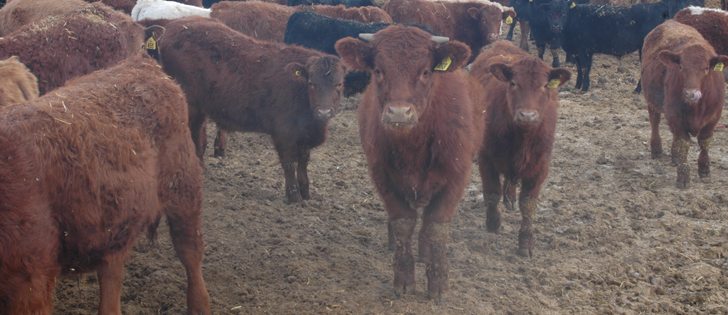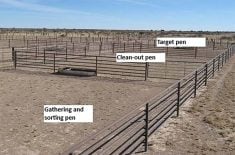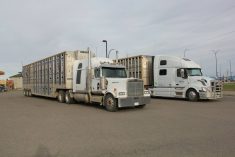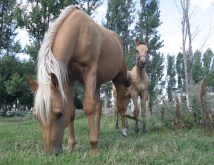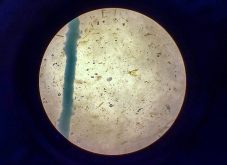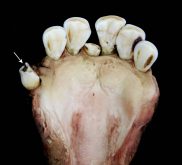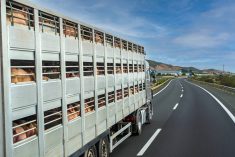MANHATTAN, Kan. — Better communication between man and beast would help when it comes to assessing an animal’s welfare.
“Wouldn’t it be nice if we just asked the animal,” said Ed Pajor, animal welfare chair at the University of Calgary’s faculty of veterinary medicine.
Animal welfare has improved, and scientists such as Pajor and Temple Grandin point out a long list of variables that can be assessed.
Animal welfare refers to the animal’s state of being at every stage of its life.
Read Also
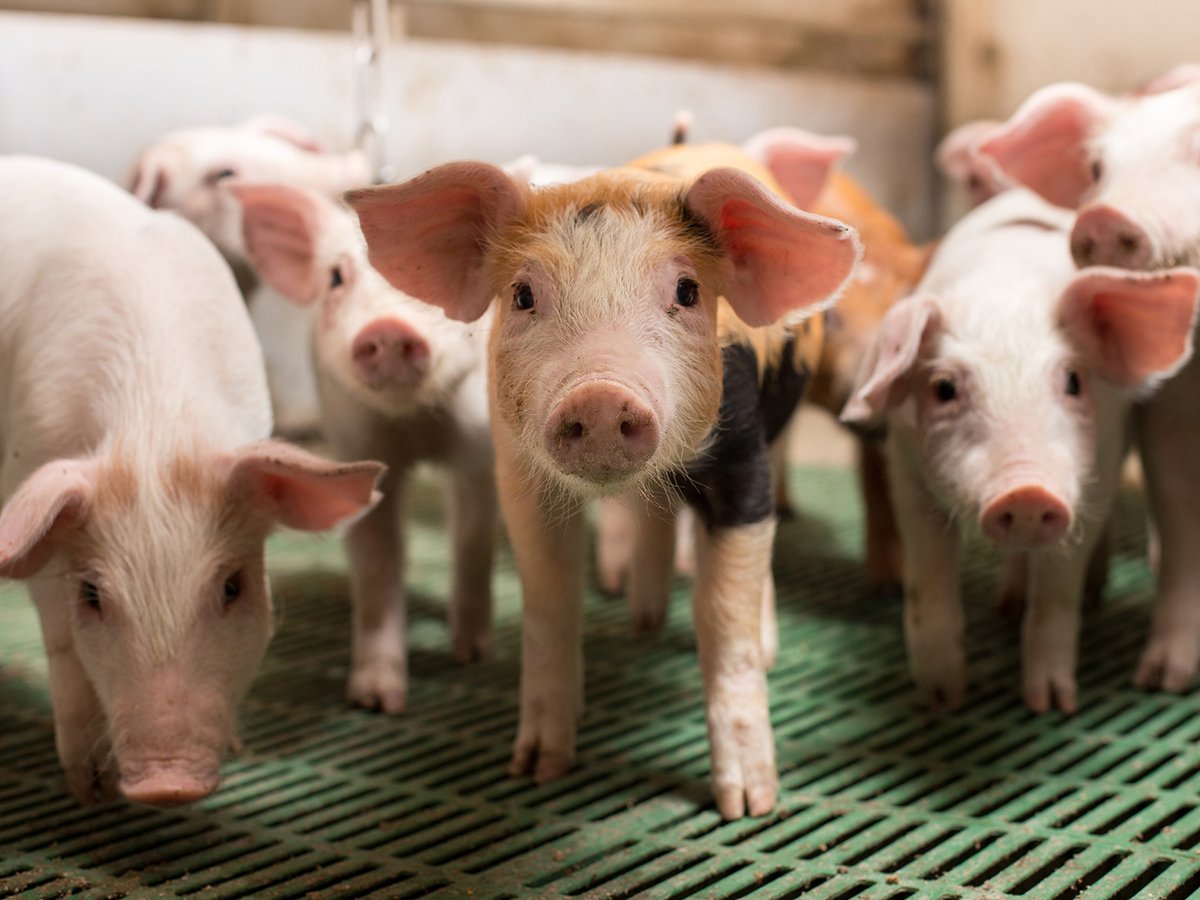
The Western Producer Livestock Report – October 9, 2025
Western Producer Livestock Report for October 9, 2025. See U.S. & Canadian hog prices, Canadian bison & lamb market data and sales insights.
People need to understand an animal’s function, feelings and natural behaviour.
Recognizing basic biology and normal behaviour is critical because it does not take long before abnormal things are considered average.
An example is recognizing lameness in dairy cows because too many producers do not know what a normal gait looks like, Pajor said at the International Symposium on Beef Cattle Welfare held last month in Manhattan, Kansas.
Better animal handling can be attributed to understanding basic biology of cattle.
For example, cattle can see colour but have bad depth perception, which is why they balk when walking into a shaded area. They do not know how deep the dark area is and think it might be a hole.
Cattle guards work because the animals can’t figure out how deep the spaces are between the bars.
Grandin said she has seen considerable improvements over the years, especially in packing plants.
“It is light years improvement from the late ’80s and early ’90s. There is just no comparison.”
People have learned that small changes can make big improvements.
“Slaughter plants are easier to fix,” she said. “A slaughter plant is a handling facility, and simple things can fix it, like non-slip floors.”
The U.S. Department of Agriculture hired her in 1996 to do a base line survey of packing plants.
In 1999, McDonald’s and Wendy’s asked her to develop numeric audits because of concerns about welfare.
“In that year, I saw more change than I had seen in my whole entire career,” she said.
Simple changes improved conditions so that animals were handled quietly and fell less often, and the use of prods was reduced substantially.
Slaughter animals were properly stunned in the first shot because equipment was repaired and maintained properly.
In 2015, she inspected 18 beef plants in Western Canada and the U.S. Effective stunning occurred 99.7 percent of the time compared to 97 percent in 2005.
She also found that 84 percent of beef plants used an electric prod to move cattle zero to five percent of the time, compared to 17 to 21 percent in 2005. Plants also installed video cameras to watch workers, and food manufacturers set high standards that had to be met.
“It was like traffic rules for slaughter houses,” she said.
“They had to make certain numbers. It was very objective.”
She uses a hazard analysis critical control point evaluation to measure plants. It is like a food safety analysis, and a facility should not pass if it falls short in one area.
“My emphasis is on directly observable things,” she said. There is a tendency to do paperwork audits,” she said.
The audits are outcome based so if poor body condition, lameness, heat stress, swollen hocks and legs or a high frequency of liver abscesses are found, the next question to ask is why that happened and how can it be fixed.
Managers need to see what is going on in a facility so that corrections can be made and workers understand the importance of good welfare practices.
“Corporate needs to get its butt out of the office and avert supply chain disasters,” she said.
Processors also need to be open about what is going on in food production because consumers and food producers are distanced from one another.
Grandin, a long-time advocate of showing what happens in a packing plant, has been involved in developing video tours of beef, hog, lamb and turkey facilities that show everything from animal arrival to the processing area.
These can be seen at www.animalhandling.org.


